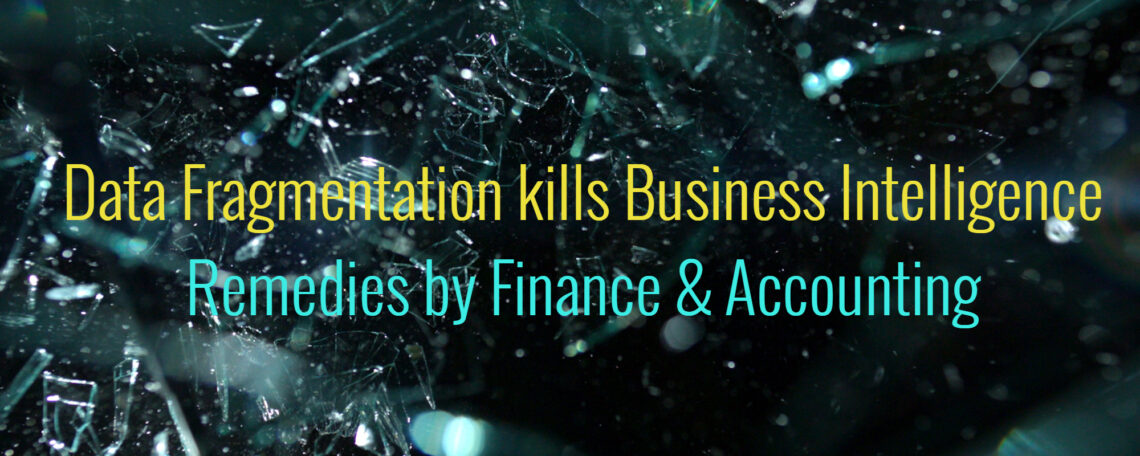Producing consolidated financial results has been a long standing sore point for Finance and Accounting. Some continue to struggle through spreadsheets to compile the results while others invested in a financial consolidation system many years ago — most commonly under the moniker of “Hyperion”. And for a time, these first-generation financial consolidation systems helped. However, as the demands on Finance and Accounting increased, the analytic and reporting needs quickly surpassed the capabilities of those systems — from supplemental financial information reporting, business planning, management reporting, to operational analytics.

In turn, those requirements drove organizations to purchasing many other point solutions — from budgeting tools, business intelligence dashboards, narrative reporting, to visualization solutions. Integration between systems became a norm as did the need to constantly reconcile between the growing number of data sources to ensure information was timely and reliable.
In short, it will be quite some time before a “one-all-be-all” solution emerges to handle the ever growing analytic and reporting demands of an organization. Until then, organizations have the following options in trying to stay ahead of the data explosion and fragmentation — by no means is this list intended to be exhaustive, but to provide directional guidance:
- Invest in an enterprise-grade software to streamline reconciliations
- Establish a strong data governance culture supported by technology (e.g., master data management, enterprise data dictionaries, Analytics-As-A-Service (AaaS), etc.)
- Reduce the number of enterprise systems — stop investing in point solutions and start investing in platform solutions
- Pivot towards “Data-As-A-Service” — data lakes, data fabrics, etc.
Option #1 of the above is the most tangible and most self-contained that Finance and Accounting could autonomously take on and belongs to “Enhance the Controls” pillar of The 5 Pillars to Data Nirvana. TGG will be hosting an On Line Session entitled “Now’s the time to re-think Account Reconciliations“. During that session, we discuss the evolution of reconciliation software, who are the leaders in this space, how do they differ from one another, the key benefits this type of solution brings, and why now is the time to re-examine how Account Reconciliations are performed in organizations. Click here for additional details.

